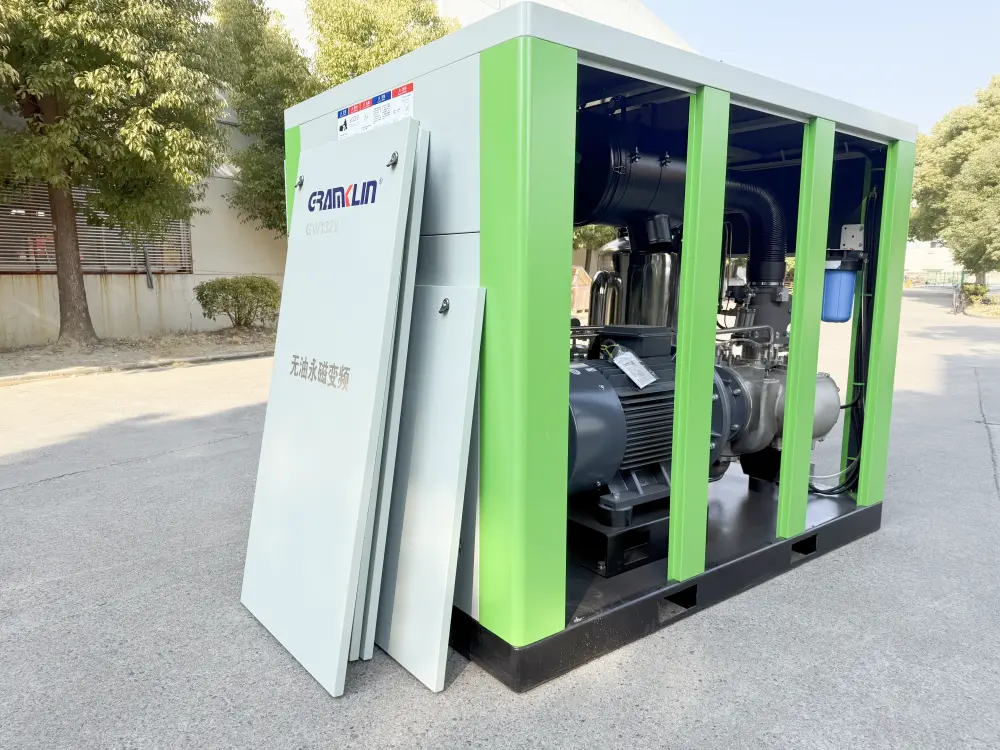Requirements for compressed air in medical products
Medical products have very strict requirements on compressed air, mainly including the following aspects:
1. Cleanliness
Compressed air for medical treatment must meet high cleanliness standards, especially in key areas such as operating rooms and intensive care units. Pollutants such as bacteria, oil fume, moisture and odor in the air must be effectively filtered to prevent adverse effects on patients’ health.
2. Stability
The flow and pressure of compressed air for medical use must be stable to ensure the normal operation of medical equipment and the safety of patients. Any sudden flow or pressure change can interfere with ongoing medical operations and even pose risks.
3. Temperature and humidity
The temperature of medical compressed air should be kept between 5℃-40℃, and the humidity should be controlled between 25%-75%. Appropriate temperature and humidity help maintain patient comfort and the proper operation of medical equipment.
4. Oil content and microbial indicators
The oil content of medical compressed air should be less than 0.1mg/m³ to avoid damage to medical equipment and patients. At the same time, the total number of bacteria and actinomycetes should be less than 100cfu/m³ to ensure that the microbial indicators of the air meet medical safety standards.
5. Monitoring and Control
The compressed air system for medical use should be equipped with real-time monitoring equipment to continuously monitor key parameters such as air quality, pressure, and flow. Once abnormal situations are found, the system should be able to automatically issue an alarm and take corresponding control measures to ensure the safety and reliability of medical compressed air.
To sum up, the requirements for compressed air of medical products are mainly concentrated in cleanliness, stability, temperature and humidity, oil content and microbial indicators, as well as monitoring and control. These requirements are designed to ensure the quality and safety of compressed air for medical purposes, thereby ensuring the health of patients and the proper operation of medical equipment. 